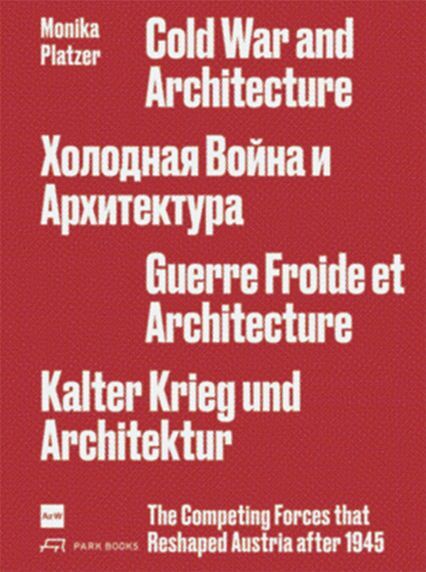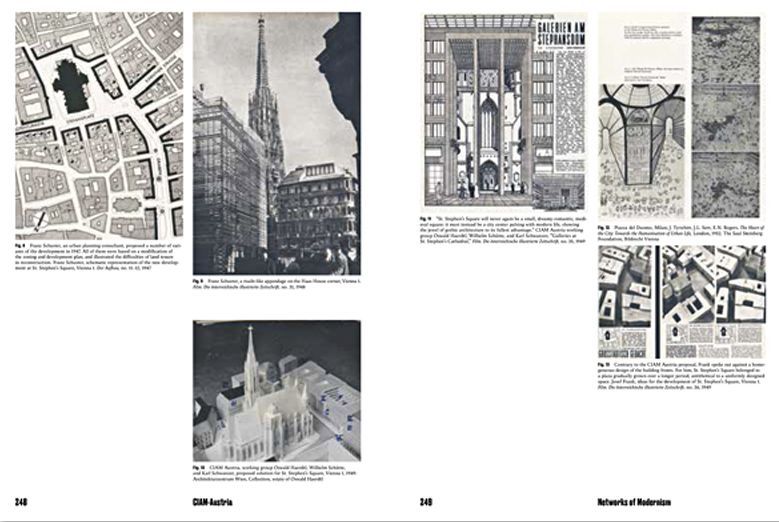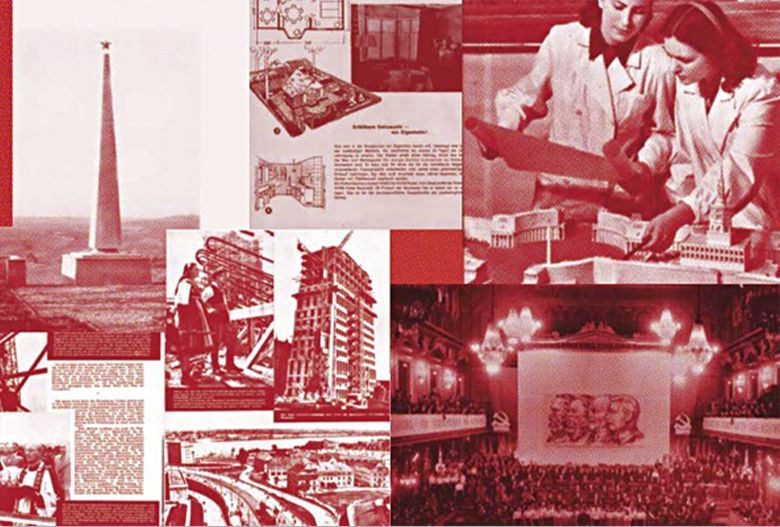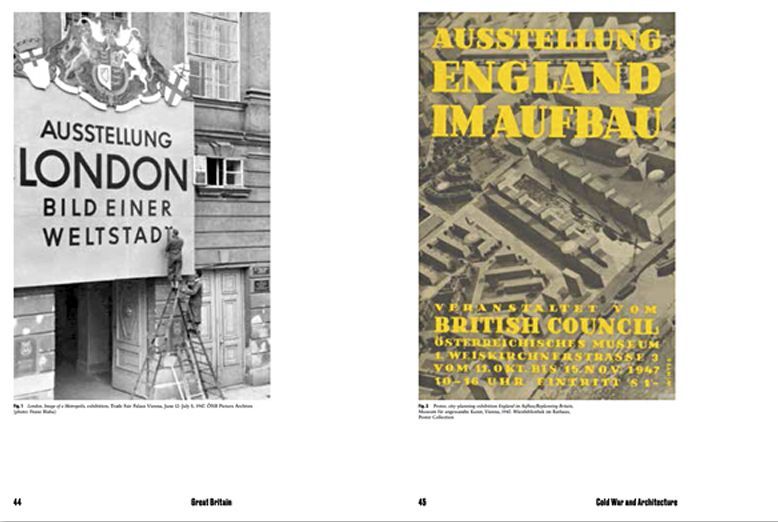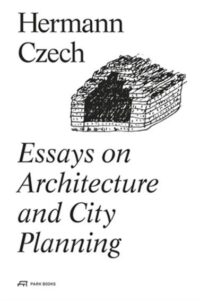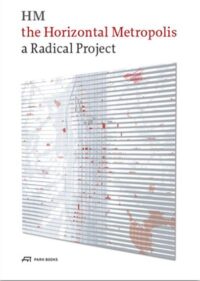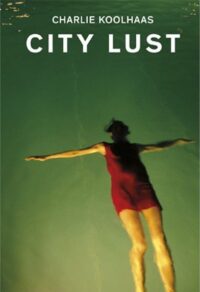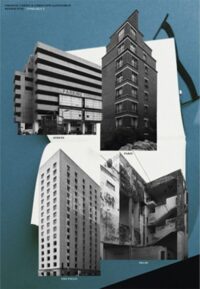Cold War and Architecture
The Competing Forces that Reshaped Austria after 1945
Edited by Architekturzentrum Wien Az W.
Foreword by Angelika Fitz..
Translated by Elise Feiersinger and Brian Dorsey.
Foreword by Angelika Fitz..
Translated by Elise Feiersinger and Brian Dorsey.
€58,00
Out of stock**stock child *
Unavailable / Out of Stock
During the ten-year occupation period, Austria experienced a transition from authoritarian government to democratic consumer society. Each of the four Allied powers established its own extensive cultural program. Architectural exhibitions became important instruments of such educational schemes with the objective of a new social order. Architecture is a part of a global struggle of differing political systems: with its transnational perspective, this book changes our view of architectural history and postwar society.
344 pages, 311 illustrations
Paperback, 20x27 cm
English
Park Books, 1st edition 2020
ISBN 9783038601753
Paperback, 20x27 cm
English
Park Books, 1st edition 2020
ISBN 9783038601753
